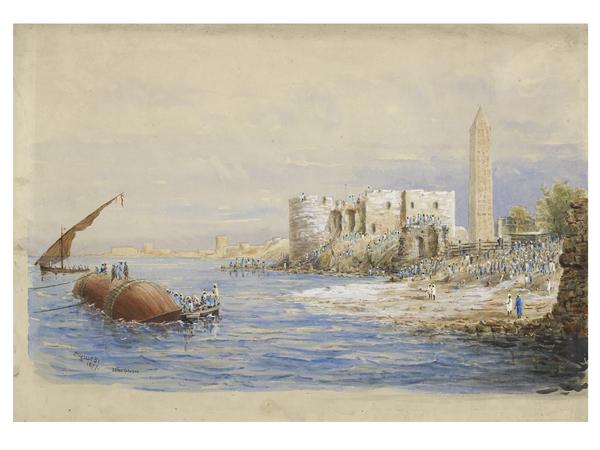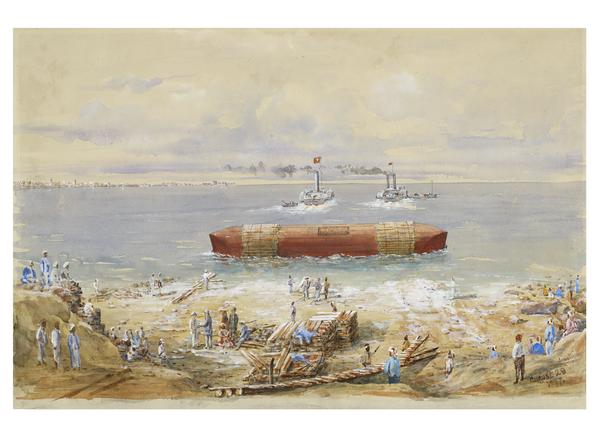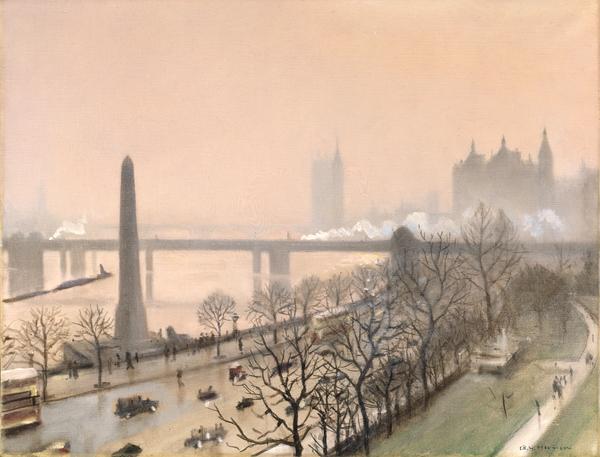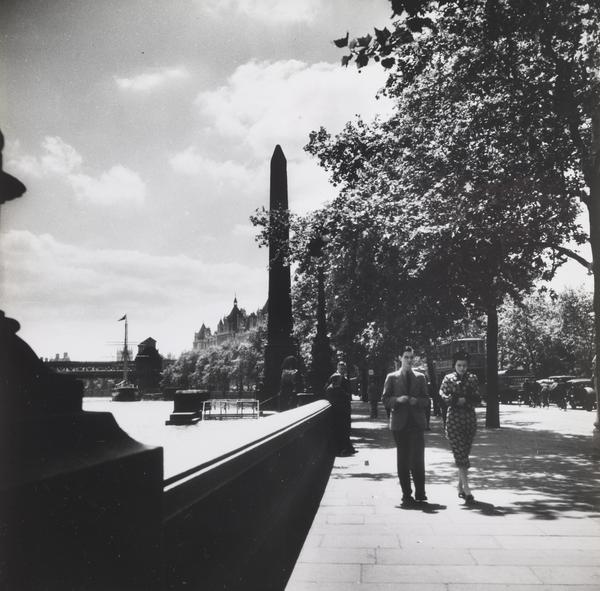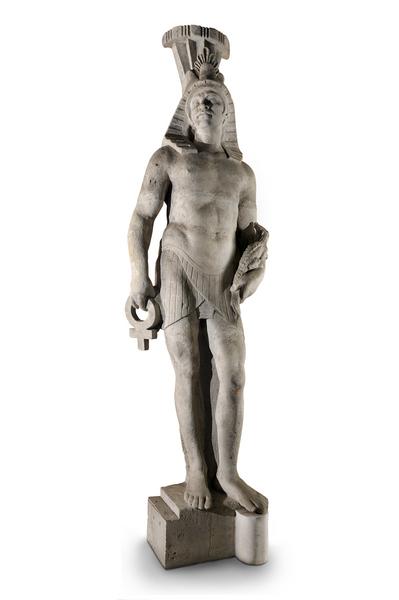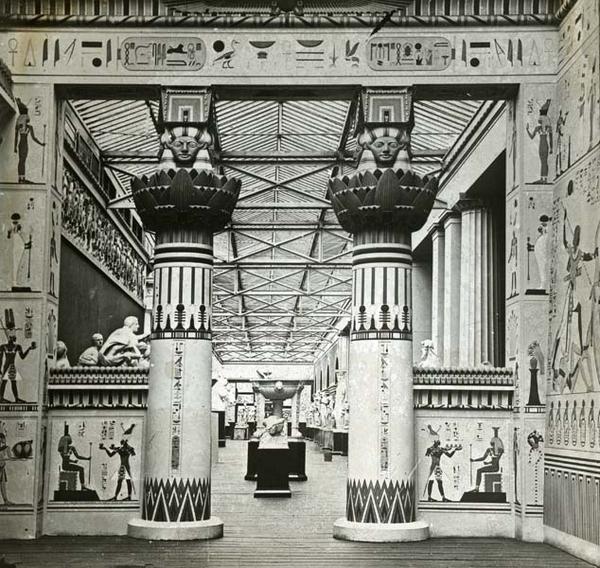How Cleopatra’s Needle came to London
On the Thames Embankment, flanked by two giant brass sphinxes, you’ll find something quite unusual – an ancient Egyptian monument shipped to London in the 1870s.
Thames Embankment, City of Westminster
1878
One of the oldest monuments in London
Cleopatra’s Needle is an almost 3,500-year-old granite obelisk. It was made in Egypt, given to Britain as a gift, and now overlooks the River Thames from a spot on London’s Thames Embankment.
Obelisks are tall, tapered, four-sided monuments which were built in pairs for the entrances of ancient temples. This one in Westminster was carved with dedications to different gods along with symbols representing the pharaoh Thutmose III.
It was originally made in around 1500 BCE in Heliopolis, modern-day Cairo, before being moved to Alexandria, a coastal city associated with the ancient queen Cleopatra, around 12 BCE.
After a long, treacherous journey at sea, the obelisk was finally erected in Westminster on 12 September 1878. Its pair is in Central Park in New York City.

Victoria Embankment in 1924.
“It weighed over 180,000kg – about as heavy as a blue whale”
Why is Cleopatra’s Needle in London?
The obelisk was given to the British government in 1819 by the ruler of Egypt, Muhammad Ali. It was a gift to mark two British military victories in Egypt against French revolutionary leader Napoleon Bonaparte: the Battle of the Nile in 1798, led by Admiral Horatio Nelson, and the Battle of Alexandria in 1801, led by Ralph Abercromby.
But shipping this massive stone monument to London required some creative thinking. It was 18 metres high and weighed over 180,000kg – about as heavy as a blue whale.
How was the obelisk transported to Britain?
The solution arrived 60 years later in the form of a specially designed iron cylinder named the Cleopatra. It had a mast, rudder and steering gear which were operated by a crew of sailors, but it had to be towed by another steamship, the Olga. Both ships set off from Alexandria on 21 September 1877.
Disaster struck a few weeks into the journey. During a storm off the French coast, the crew had to cut the towropes connecting the Cleopatra to the Olga, and the container drifted away. Six of the Olga’s crew died trying to rescue those onboard the Cleopatra. It was thought Cleopatra’s Needle might be lost forever.
Eventually, the Cleopatra was spotted – still afloat – and was towed into a harbour in Spain. The obelisk finally arrived in Britain on 21 January 1878.
Where is Cleopatra’s Needle now?
Exit Embankment station, stroll east along the Thames and you’ll find this monumental piece of ancient Egyptian history on Victoria Embankment. It’s placed in between the Golden Jubilee Bridges and Waterloo Bridge.
Two large bronze sphinxes sit beside Cleopatra’s Needle. These were made at the nearby Eccleston Iron Works in Pimlico in 1881.
As a sign on the monument explains, the sphinxes wear some visible damage from a German bombing raid on the city during the First World War (1914–1918).




